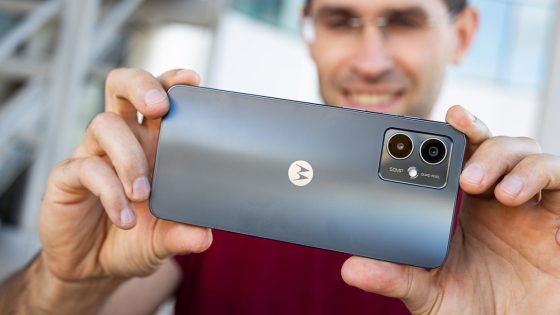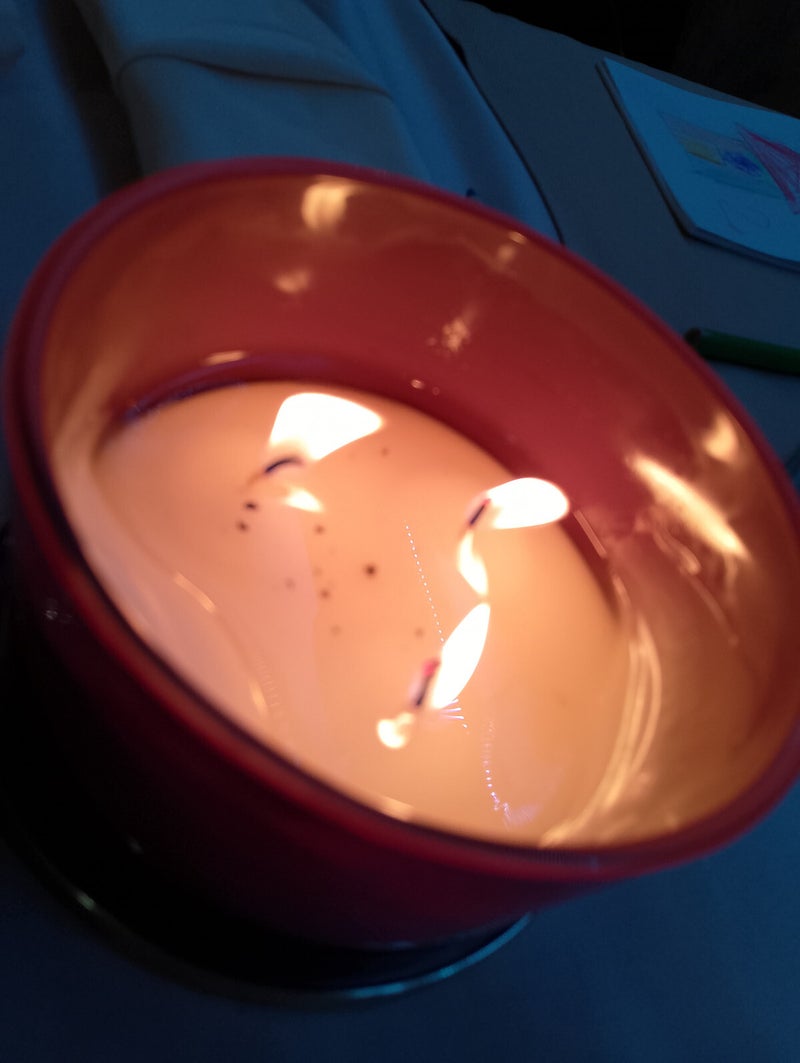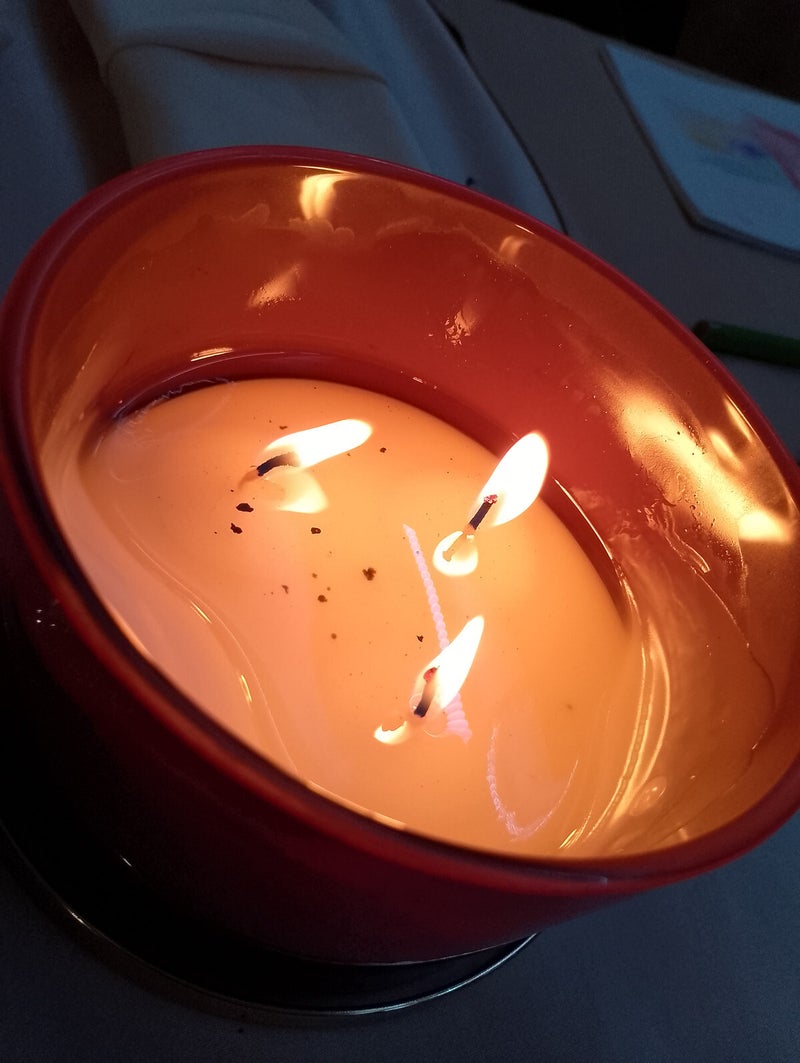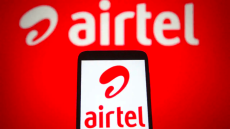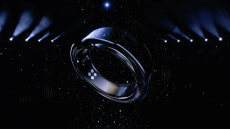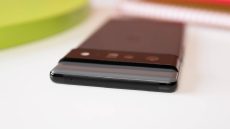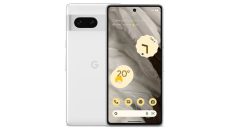How to take good photos with a cheap phone،
Taking good photos with a premium phone is easy these days. Virtually every phone over $1,000 contains both the hardware and software needed to produce sharp, poster-worthy photos, even if handled by a child.
On the other hand, taking good photos with a cheap phone can be a challenge. I was reminded of this after playing with the Moto G14 for a few weeks, and while I think it’s a decent phone for its $150 price, I don’t see it winning any awards for its device capabilities photo. It’s safe to say that the latter applies to all other cheap entry-level phones.
But there are ways to take good photos with a cheap camera (or at least not great ones). No, there’s no secret magic trick that lets a $150 phone take photos like the latest iPhone, Galaxy, or Pixel phone, but there are things you can do to minimize camera limitations typical of a camera on a cheap phone.
Tip #1: Stay calm, be patient
There’s no way around this problem: cheaper phones are slower overall, as are their cameras. There will likely be a significant delay between when you press the button and when the photo is actually taken (i.e. shutter lag), and the shutter sound you hearing is not always a reliable indicator that your camera has finished taking the photo.
In other words, you have to be patient when taking photos with cheap phones. Give them an extra second after pressing the button to make sure you don’t end up with a fuzzy mess. Disabling features like HDR or AI enhancements should speed things up, but image quality will likely be affected as well.
Tip #2: Know all your camera shortcuts
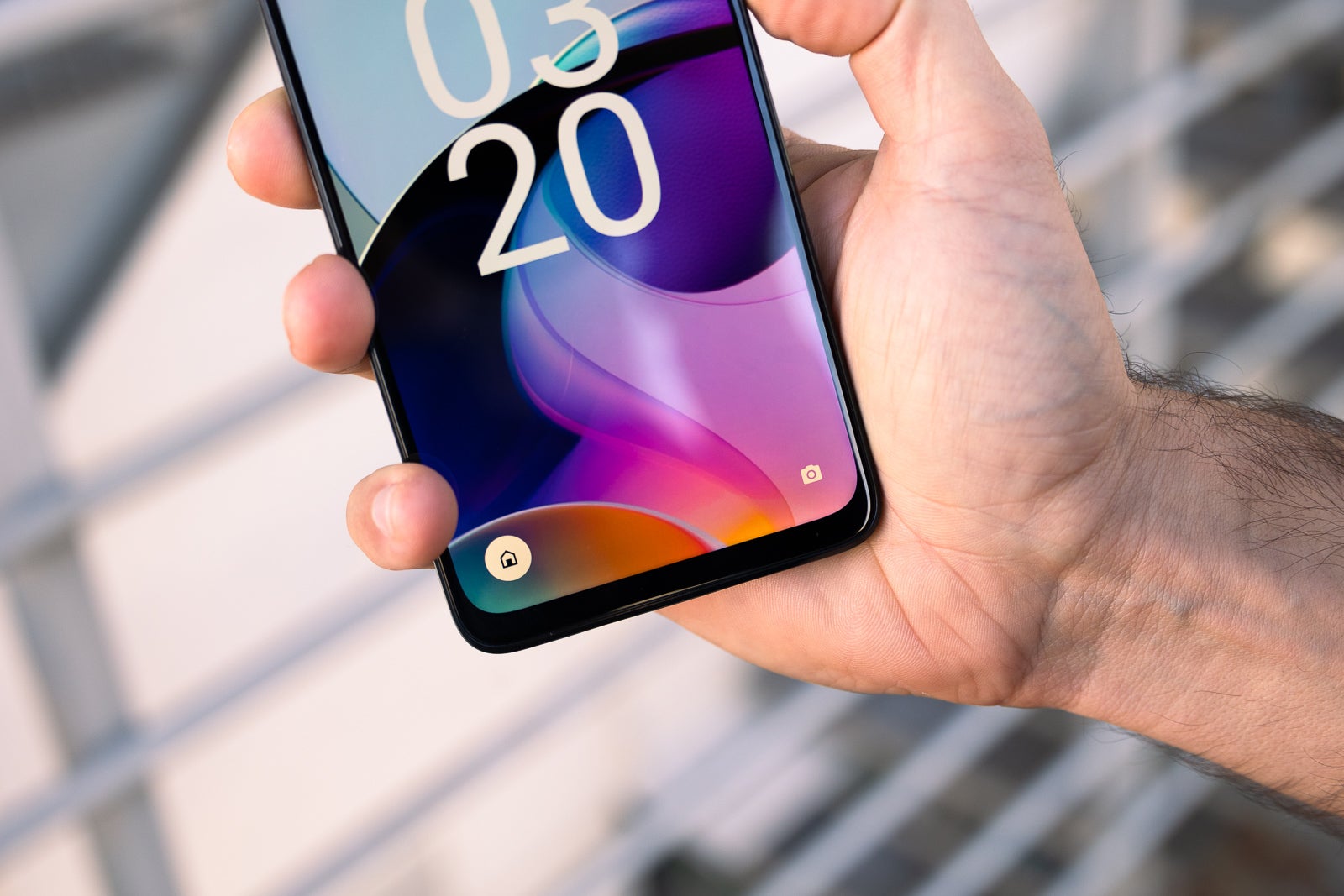
Speaking of speed, cheap cameras are also slow to open. That’s why it’s a good idea to know all the possible shortcuts your camera offers. Some Android phones can open their camera from sleep mode or from any screen by double-pressing the power button – a shortcut available in the camera. settings or is enabled by default. Motorola phones have their own unique approach: you can open their camera apps with a quick double-tap on the phone.
Either way, knowing your camera’s shortcuts gives you those extra few seconds that could be the difference between taking the shot and missing it.
Tip #3: Camera Settings
Resolution – My Moto G14 has a 50 MP camera, but it takes 12.5 MP photos by default. I thought switching to 50MP mode would give me higher quality images with more detail, but the 50MP photos looked worse.
That’s because the Moto G14’s 50MP camera uses pixel binning, a now-common camera feature that groups neighboring pixels together to use them as a larger, more sensitive pixel. This camera is optimized to take 12.5 MP photos, and switching to 50 MP mode reduces its already low light sensitivity.
Your experience may vary if you have another phone, but if it uses a 32 MP or higher camera, it’s probably best to stick with the recommended (default) image resolution.
AI Optimizations – Some phones have built-in software that recognizes what you’re taking a photo of and attempts to optimize the camera settings to suit the situation. Each brand’s algorithms are different, so again, your experience may vary, but it’s not impossible to end up with a photo that’s objectively made worse by exaggerated colors and contrast – just look at those radioactive tomatoes in the ‘picture below!
No matter what phone you have, try turning off all AI scene enhancers and see if you’ll prefer sharp photos. As a bonus, turning them off can speed up your camera app. And if you prefer “optimized” photos with more color and contrast, that’s great too.
HDR – High Dynamics Range mode is a feature that improves detail in the brightest and darkest areas of the frame. It’s great to have for improved image quality, and I would recommend leaving it on at all times. This can noticeably slow down the camera app on cheaper phones, but I think the improvement in quality is worth the delay.
RAW – Nowadays, even some cheaper phones have a RAW format option in their camera apps. This is a setting that tells the camera to save an uncompressed version of the image alongside the compressed JPG variant.
The downside to RAW images is that they take up a lot of space, slow down your camera, and require specialized software like Adobe Lightroom to open and edit. But the upside is that editing a RAW file yourself may be your best chance to get the best image quality from your phone’s camera, especially if your camera app’s algorithms go too far with the sharpness, contrast and saturation dials. It’s not a silver bullet, but the RAW option is worth trying if you don’t mind editing photos yourself to achieve the exact look you want.
Tip #4: Camera Modes
Night mode – Chances are you’ll find some sort of night mode on most phones today. Fortunately, this one tends to work even on cheaper hardware, but you may need to enable it manually when necessary. Use it whenever you can, even for moderately lit scenes indoors or outdoors at sunset. When can you use night mode? Well, it works by taking multiple exposures in sequence and then stacking them to produce a clearer, brighter image. Its disadvantage is that it requires holding the camera still for several seconds, and taking images of moving subjects is out of the question.
And again, it doesn’t have to be dark for night mode to be useful. As long as you have a static scene and don’t mind waiting, your phone’s night mode may work even better than its HDR algorithms.
Manual/Pro mode – Sorry to say it, but manual camera settings can only do so much to make up for poor camera hardware. They could, however, compensate for the difficulties of the camera software. Of course, it’s not practical to shoot in Pro mode only, but manual settings can help you get a better photo in difficult situations.
For example, here’s a photo I took on my Moto G14. His camera couldn’t set the right colors because it was confused by the warm glow of the flame. At the same time, the autofocus was disrupted by a reflective puddle of candle wax. So I quickly switched to Pro mode to manually adjust the focus and color temperature. The result was a sharper photo with appropriate colors.
Zoom – If you have a cheap phone, the best type of zoom is with your legs. If possible, get closer to your subject instead of relying on digital zoom or a cheap basic telephoto lens (if your phone has one).
Bonus Tips
Clean your lens – almost every time someone hands me their phone to take a photo, I look at their camera first. 9 times out of 10 it’s covered in finger grease, so I gently wipe it with my sleeve. Smudges on the camera lens cause blurry and fuzzy photos, especially on cheaper phones that don’t have a special lens coating to prevent them.
Keep your horizon straight – following this basic composition tip will enhance your photos in subtle ways. To help keep your camera horizontal, turn on the grid feature and use it as a guide when composing your photo. Photos can also be easily straightened in Google Photos after being captured.
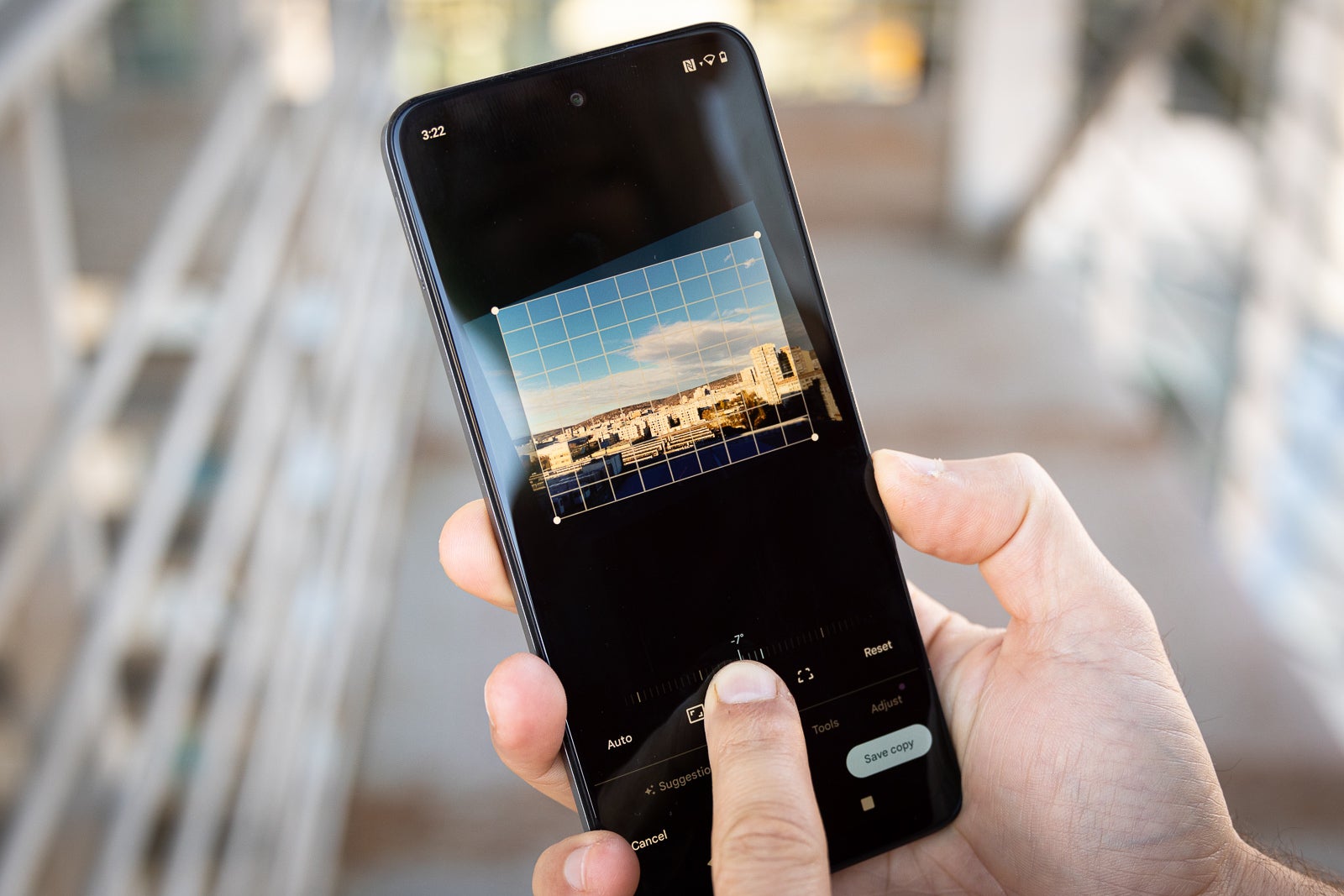

A horizontal photo is a better photo. Image credit – PhoneArena


